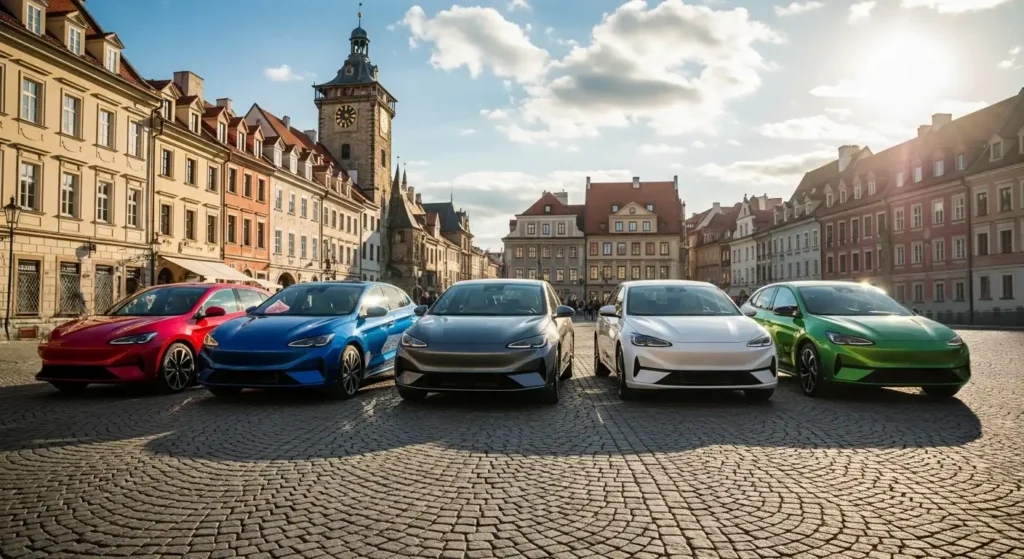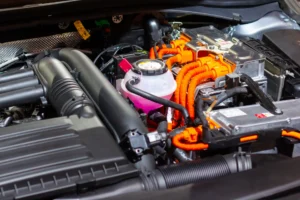Introduction: The Future of Electric Vehicles in Europe
The automotive industry is at a turning point. According to a recent study by EY, battery electric vehicles (BEVs) will account for more than 50% of new light vehicle sales in Europe by 2032. By 2050, BEVs could dominate nearly the entire market, transforming how people buy, drive, and maintain their cars. This forecast reflects the rapid evolution of automotive technology, consumer preferences, and global environmental policies aimed at reducing carbon emissions.
For car enthusiasts, policymakers, and everyday drivers, the shift toward BEVs represents not just a change in technology but a fundamental redefinition of mobility. In this article, we’ll explore the key factors driving the BEV boom in Europe, the challenges manufacturers face, and what this transformation means for consumers worldwide.
What Is Driving the BEV Growth?
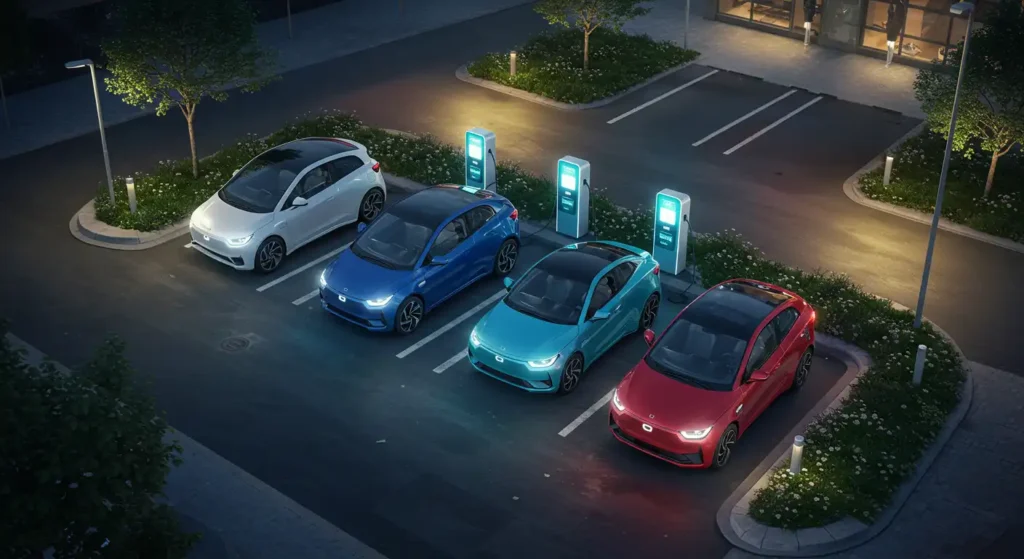
The growth of BEVs in Europe is fueled by several overlapping factors that create an ideal environment for adoption. These include:
1. Strong Environmental Policies
European governments have been among the most aggressive in pushing for lower emissions. Policies such as carbon neutrality targets by 2050, combined with strict emission standards, are forcing automakers to accelerate their BEV strategies. Cities like Paris, London, and Berlin are also introducing low-emission zones, making combustion vehicles less practical in urban settings.
2. Consumer Demand for Sustainable Driving
Consumers are increasingly aware of climate change and the need for sustainable driving. Electric vehicles not only reduce reliance on fossil fuels but also lower long-term ownership costs. For many, buying an EV is as much about personal values as it is about practical driving needs.
3. Expanding Charging Infrastructure
Infrastructure development has been critical in making BEVs viable. Europe has rapidly expanded its network of fast-charging stations, ensuring drivers can travel longer distances without worrying about range anxiety. By 2030, the EU aims to install at least 3 million public charging points, making EV ownership even more convenient.
4. Affordability of New Models
Until recently, BEVs were seen as luxury vehicles with high price tags. However, automakers are now introducing affordable models across categories, from compact cars to sedans and SUVs. These options allow everyday drivers to enter the electric market without breaking the bank.
The Challenges Facing BEV Expansion
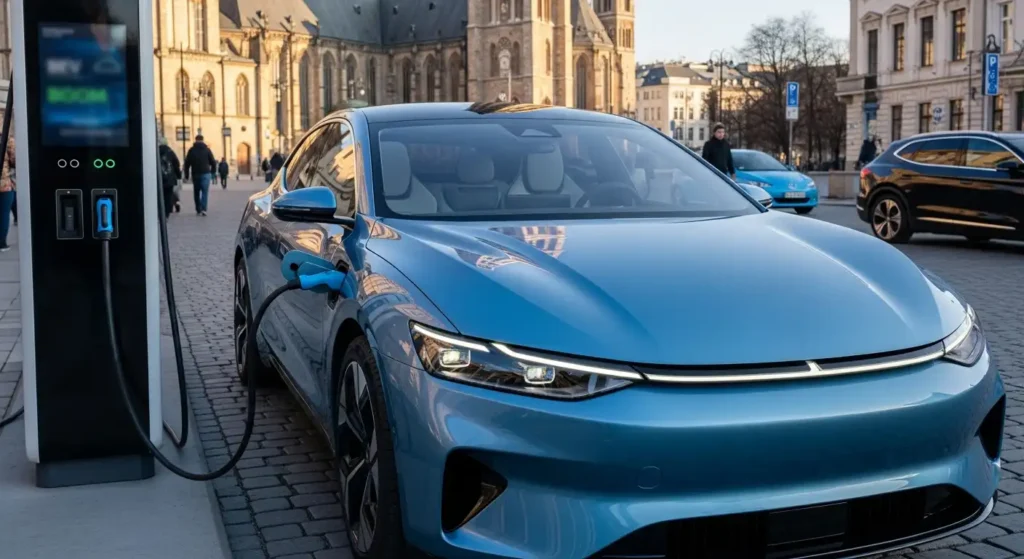
Despite the optimistic forecasts, the path toward 2032 is not without hurdles. Automakers and policymakers must address these challenges:
- Competition from China: Chinese automakers have aggressively entered the European market with low-cost BEVs, putting pressure on local brands.
- U.S. Tariffs and Global Trade: Tariffs on EV components and supply chain disruptions could increase costs for manufacturers and consumers alike.
- Battery Supply & Recycling: With demand surging, the need for lithium, cobalt, and other raw materials poses supply chain risks. Recycling and sustainable sourcing are critical issues.
- Policy Uncertainty: Emission penalties will decrease after 2027, which may reduce the urgency for automakers to go fully electric.
Impact on Consumers and Car Owners
For consumers, the shift to BEVs means changes in everything from car buying to daily driving and long-term maintenance. Here’s what to expect:
Lower Operating Costs
Electric vehicles are generally cheaper to operate due to lower fuel and maintenance costs. Owners save on oil changes, fuel expenses, and brake wear, since regenerative braking reduces part replacements.
Technology Integration
BEVs are often at the forefront of automotive technology, with advanced driver-assist systems, smart infotainment, and over-the-air software updates. Drivers get more value and cutting-edge safety features compared to many traditional cars.
Resale Value Considerations
As EV adoption grows, used BEVs are becoming a larger part of the resale market. Early adopters may face quicker depreciation, but mainstream adoption should stabilize resale values in the future.
The Road to 2050: What the Future Holds
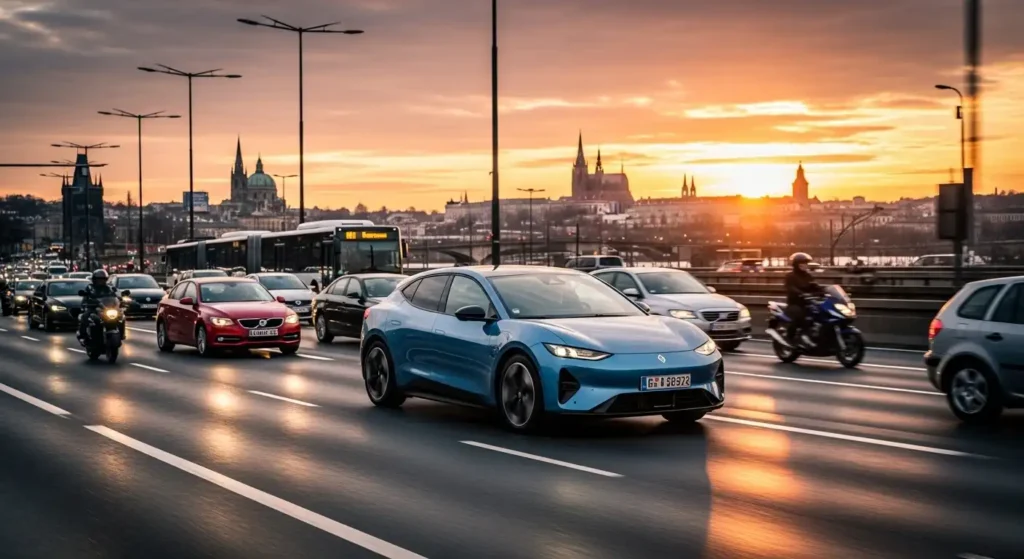
By 2050, analysts believe BEVs could account for nearly all new vehicle sales in Europe. Autonomous driving technologies, wireless charging infrastructure, and advances in battery efficiency will make EVs even more practical. This vision aligns with Europe’s goal of achieving carbon neutrality while also shaping the global automotive market.
Outside Europe, the ripple effects are significant. The U.S., Asia, and other markets often follow European regulatory trends, meaning global car buyers will experience similar transformations in their local markets.
Internal & External Resources
If you’re interested in diving deeper, explore some of our related guides:
For an external perspective, check out authoritative resources like the International Energy Agency (IEA) and European Commission for the latest data on energy policy and sustainable driving.
Conclusion: A Revolution in Motion
The rise of BEVs in Europe is not just a trend—it’s a revolution in motion. With policies, infrastructure, and consumer demand aligned, the future of driving will look dramatically different in just a few years. As we approach 2032, one thing is certain: electric mobility is here to stay, and BEV Europe 2032 will be remembered as the tipping point.
